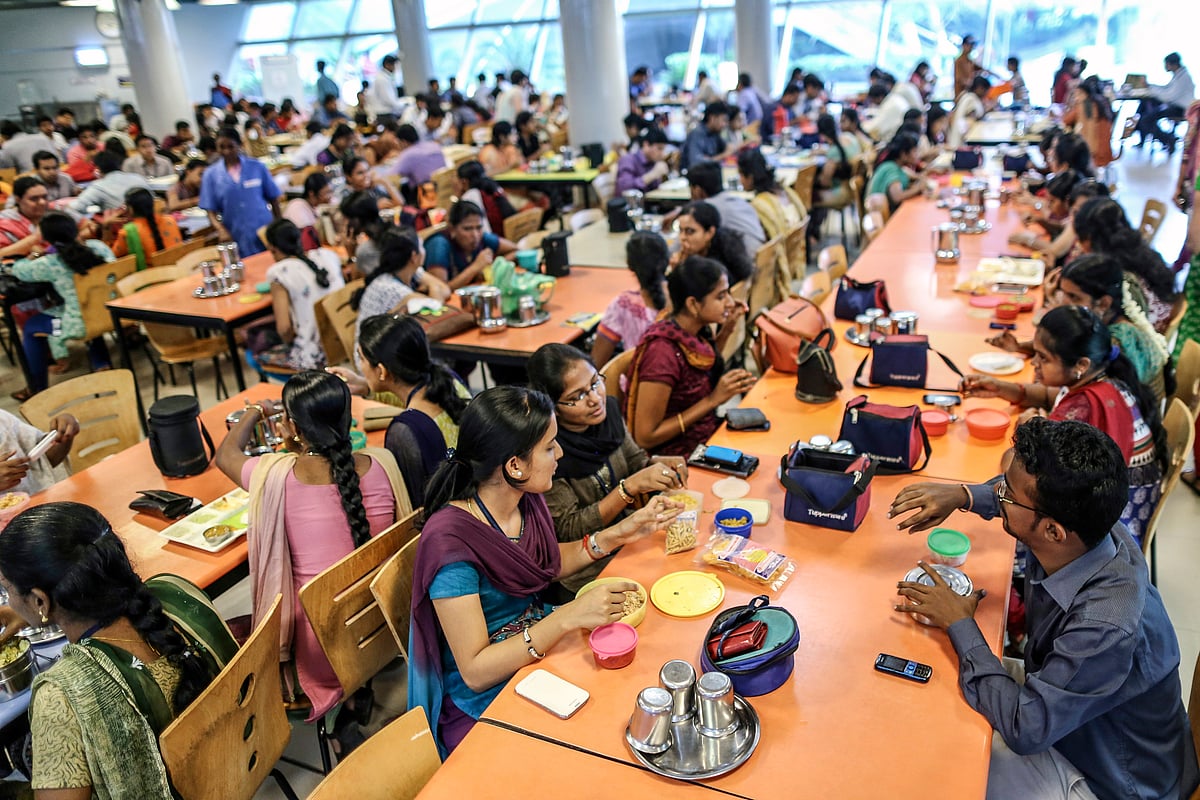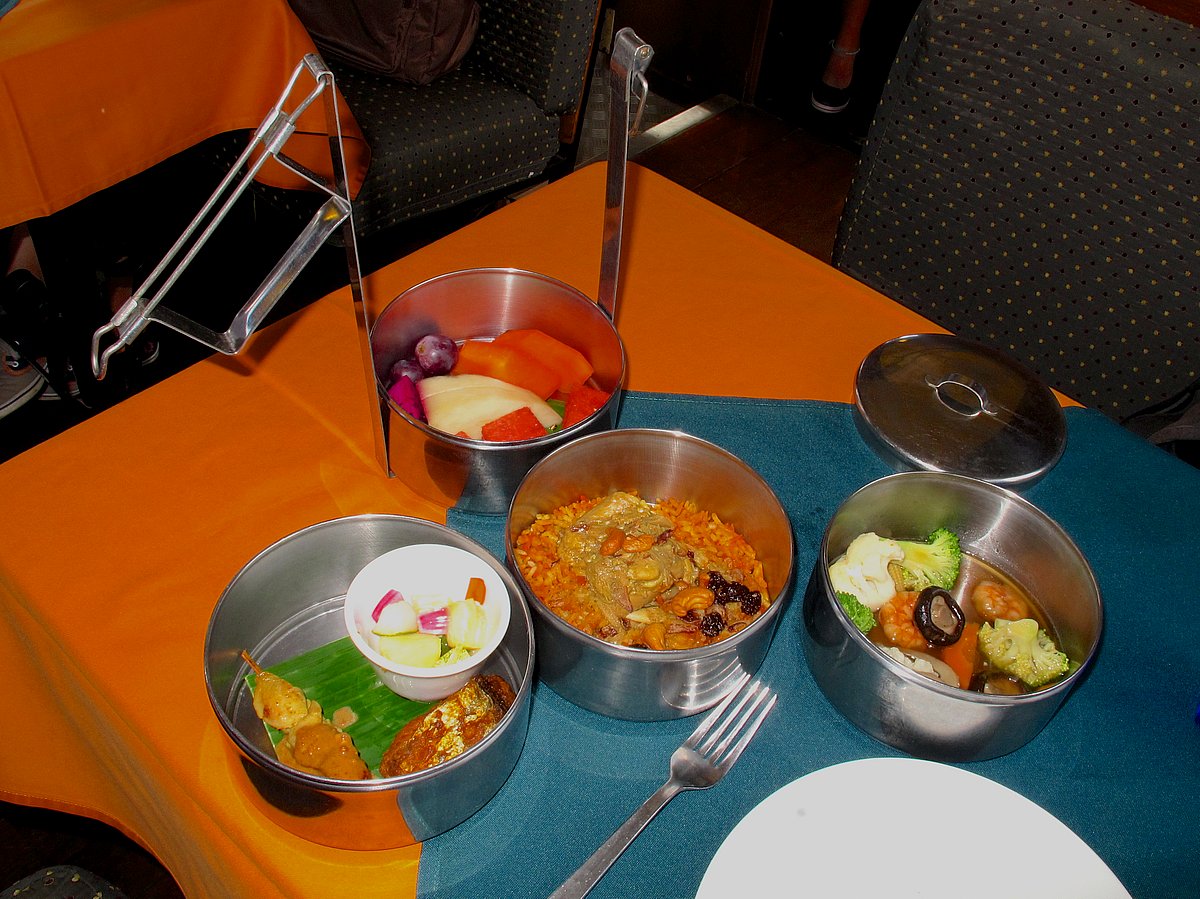Eat. Wander. Repeat: Tiffin tales from India
In an age where it is easy to feel displaced by location, social pressure and circumstances, the steel containers of a tiffin box carry edible reminders of who we are

Like most of my ancestors, I’ve been fortunate enough to live my entire life in Bombay, the city of my birth. My hometown and my village are one. As a child, and later as a working adult, I was often asked if I too would be going home to my gaanv for summer holidays and festivities. Perplexed, I’d look at the person and wonder if it was a snide comment on my pin code being the last on the Greater Bombay side (and therefore farthest from SoBo). But, as I slowly discovered, the question was asked in all honesty, and most often by those my city had adopted.
Bombay has this crazy way of welcoming those who seek it with stars in their eyes, knocking them out with the harsh reality of its crowds and chaos, and then befuddling them with an absolute acceptance and access to the best that India can possibly offer. Everyone wants to live here. If you look at the local train stations, it seems like everyone actually does.
I am constantly and pleasantly surprised by the range of people, communities and sub-cultures I have interacted with through the years, and I realise that the most interesting introductions to their stories take place over lunch.
There is a sort of sameness to corporate India. Thanks to our great desire to perform on the international economic stage and the eager brands that dress us for the part, we look, speak and behave like every other global corporate citizen. But come lunch time and another India emerges. All manner of aromas, colours and textures pop out of tiny containers. Lovingly cooked and packed at the break of dawn and carried with much skill by office-goer and dabbawala alike on public transport and roads that can make the Spartan Death Race obstacle course seem like child’s play. Of course, without spilling a thing.

As each lunchbox is opened, homes in distant small towns and villages open up too. And stories of migration, family and longing emerge.
Being part of the advertising industry has contributed considerably to my observation of these stories, what with the workforce coming in from various parts of the country.
Lunch time is a veritable feast from around India. Move over Burberry Summer—I want to lose myself in the aroma of mustard oil and ilish. Give me the OG energy bar—the rava laddoo—over those boring granola bars any day. I remember eating the spicy sev gathiya sabzi (a deep-fried vermicelli whipped up into a curry) for the first time at one of the agencies I worked in.
The creative department would clear the long studio table, and dabbas of varying size, colour and vintage would be laid out. The sev gathiya sabzi taste was unique—tomato-rich but uncharacteristically coconutty as well. This was brought by a young art director colleague with a Marathi surname, whose mother was a Kutchi Gujarati. He was brought up in Belgaum, Karnataka and that was the city that added the distinct coconut flavour to his mother’s dish. What I received from him was the story not only of a fascinating fusion dish, but also of a single working mother’s struggle to get him this far.

A friend of mine from Nagaland would bring dishes made with pickled bamboo, which were a great favourite. After days of bamboo-shoot lunches, suddenly they would vanish from our community table, only to return months later. When I asked her about this, she said the bamboo shoot was brought by her father every time he visited her in Bombay. He could very well have sent her jars of the stuff, but he preferred to bring them to her. Their absence from her lunchbox was his absence, too.
While the world has adopted packaged or fast food to save time and increase productivity, the majority of working-class India still prefers to have freshly made home-cooked food, despite the struggle it involves on a daily basis. I’d like to believe that our regional cuisines are so nuanced, and our palates so evolved as a result, that fast-food chains don’t cut it for us—and not simply because those dabbas are easier both on our gut and our pocket.
Our insistence on home food, no matter how far away we are from home, is also perhaps the way we stay grounded. In an age where it is easy to feel displaced by location, social pressure and circumstance, the steel containers of a tiffin box carry edible reminders of who we are.

For instance, a container with pearls of plump sabudana khichdi tells us it’s the day of the weekly fast the family observes. When golden slices of mango make an entry, they signal a visiting relative from Ratnagiri, and summon up sultry courtyards and long afternoons. When a newly married man brings tiffin made by his wife, one container has a dollop of his mother’s pickle to remind him that now the kitchen is shared—as is his time and affection!
When one person’s lunchbox reveals a maa ki dal and another’s a vengaya sambhar, it is in the sharing that the meal becomes delicious.
DENISE D’SILVA is the author of The Beyond Curry Indian Cookbook, and co-founder and creative head of Hyphen Brands
Also Read: The scent of a city
Follow us on: Facebook, Twitter, Google News, Instagram
Join our official telegram channel (@nationalherald) and stay updated with the latest headlines
